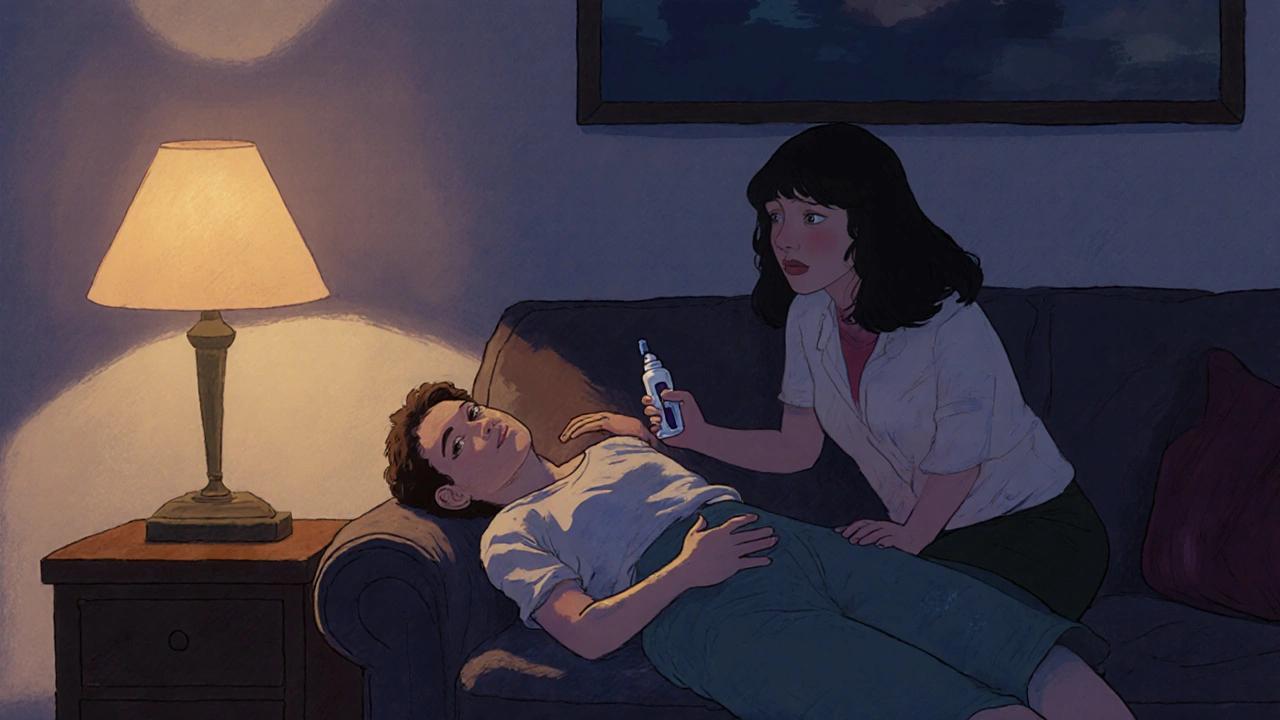How to Save Someone from Opioid Overdose
When someone is overdosing on opioids, every minute counts. how to save someone from opioid overdose, a life-saving set of actions that can reverse respiratory failure caused by drugs like heroin, fentanyl, or prescription painkillers. Also known as opioid overdose reversal, it’s not magic—it’s science, and it’s something anyone can learn. You don’t need to be a doctor. You don’t need a hospital. You just need to know what to look for and what to do next.
The biggest killer in the opioid crisis, a public health emergency fueled by overprescribed pain meds and deadly street drugs like fentanyl isn’t addiction itself—it’s silence. People wait. They panic. They think someone will call 911. But in those first few minutes, you are the most important person in that room. The signs are clear: blue lips, slow or stopped breathing, unresponsive to shaking or shouting, pinpoint pupils. If you see this, don’t wait. Don’t assume they’re just passed out. Opioid overdoses don’t fix themselves. The body stops breathing. The brain starts to die.
The tool that turns the tide is naloxone, a medication that blocks opioids from binding to brain receptors, reversing the overdose within minutes. It’s safe. It’s easy. It comes in a nasal spray or injection. It won’t hurt someone who didn’t take opioids. It won’t get you high. It’s not a cure for addiction—but it’s a second chance. Many pharmacies now sell it without a prescription. Many community centers hand it out for free. If you know someone who uses opioids—or if you just want to be ready—get one. Keep it in your bag, your car, your drawer. You might use it once. Or you might use it to save a friend, a sibling, a stranger.
But naloxone isn’t the whole story. You still need to call emergency services—even after giving the dose. The effects of naloxone wear off faster than some opioids, especially fentanyl. The person could slip back into overdose. They need monitoring. They need care. While you wait, keep them on their side, check their breathing, and be ready to give another dose if they don’t wake up. Don’t leave them alone. Don’t assume one spray is enough. Fentanyl is 50 times stronger than heroin. It takes more naloxone to fight it.
And here’s what you shouldn’t do: don’t put them in a cold shower. Don’t slap them. Don’t try to make them walk it off. Those myths cost lives. The only proven, reliable method is naloxone + 911 + monitoring. Period.
This isn’t about judgment. It’s about survival. People overdose for all kinds of reasons—chronic pain, untreated mental health, addiction, accidental misuse. None of that matters in the moment you’re holding their head up, watching their chest rise and fall. You’re not fixing their life. You’re buying them time to fix it themselves. And that’s enough.
Below, you’ll find real-world guides on how naloxone works, where to get it, what to do after an overdose, and how to recognize the signs before it’s too late. These aren’t theoretical. They’re from people who’ve been there. You will find practical steps, checklists, and answers to the questions no one ever taught you—but you need to know.
Learn how to recognize opioid overdose signs, respond in an emergency, and use naloxone to save a life. Critical steps for bystanders, families, and communities facing the fentanyl crisis.

